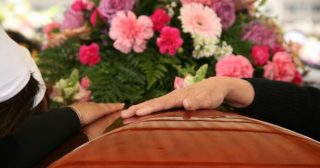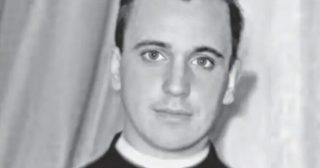The Surprising Reason Flight Attendants Sit on Their Hands During Takeoff and Landing

The Surprising Reason Flight Attendants Sit on Their Hands During Takeoff and Landing
Have you ever noticed flight attendants sitting on their hands during takeoff and landing? It’s a curious sight, but there's a fascinating and practical reason behind this behavior. While it might seem like a peculiar habit, it's actually a crucial safety protocol designed to protect both the crew and passengers in case of an emergency.
Flight Attendants: More Than Just Comfort Providers
When you think of flight attendants, you might picture them serving drinks, answering questions, or assisting with passenger comfort. However, their role goes far beyond that. Flight attendants are highly trained safety professionals who are responsible for ensuring the safety of everyone on board.
During critical flight phases—takeoff and landing—flight attendants follow specific procedures to maximize safety, and one of the most intriguing is the "bracing position."
The Bracing Position: Why Flight Attendants Sit on Their Hands
Flight attendant Henny Lim, who works for Cebu Pacific, a Philippines-based airline, recently went viral on TikTok after revealing the lesser-known reason behind this practice. In her video, she asks: “Ever wonder why cabin crew sit like this during takeoff and landing?” She demonstrates the bracing position, which many passengers may not even realize is happening.
During the crucial phases of takeoff and landing, the risk of an emergency or incident is statistically higher. In the event of an evacuation, flight attendants need to be ready to act swiftly. The bracing position helps them stay secure and ready to assist passengers in an emergency.
How Does the Bracing Position Work?
The bracing position is a straightforward yet vital procedure for ensuring the safety of crew members. Here’s how flight attendants brace themselves:
Fastening Seatbelts: Just like passengers, flight attendants secure their seatbelts tightly.
Sitting Upright: Ensuring the body is in a rigid, upright posture.
Sitting on Their Hands: This involves tucking the hands securely under their thighs, keeping the arms and hands steady and minimizing involuntary movements.
Feet Flat on the Floor: This ensures a firm and stable stance during potential turbulence or sudden impacts.
The goal of sitting on their hands is simple: it prevents any uncontrolled arm or hand movements caused by turbulence or impact, which could slow down their response time during an emergency.
As explained by Henny Lim in her viral video, this position is designed to reduce the risk of injury. The more stable the body is, the less likely it is to be harmed in an impact, allowing the crew to maintain focus and act quickly if necessary.
Preparing for Emergencies: The “Silent Review”
Before every takeoff and landing, flight attendants also perform a "silent review," mentally preparing themselves for potential emergency situations. This mental checklist ensures they’re ready for any scenario and can respond without hesitation.
As the video concludes, Lim offers a reassuring message: “Safe flight, everyone.”
A Personal Preference, Not a Regulation
While the bracing position is vital for safety, there’s one important detail: sitting on the hands is actually a matter of personal preference, not a strict regulation. Veteran flight attendant Erin Thomas, who has been flying for over 15 years, explained that flight attendants don’t have to sit on their hands, but it is a useful technique to keep the body still during critical moments.
Thomas prefers to keep her hands resting calmly on her lap. "I think it makes me look calm, and passengers feed off our energy. If we stay calm during takeoff, they’ll feel calmer too," she said.
Regardless of the specific posture, the essential part of the procedure is ensuring the flight attendant is in the correct brace position to minimize the risk of injury and to be prepared for action.
Why Does This Matter to Passengers?
While it may seem like a small detail, understanding why flight attendants sit on their hands helps passengers appreciate the level of training and preparedness that goes into keeping them safe. In an emergency, flight attendants need to be ready to respond instantly. The bracing position, including sitting on hands, allows them to do just that—ensuring both their own safety and that of everyone on board.
Next time you’re on a flight, keep an eye out for this small yet important detail. It’s one of the many ways flight attendants are trained to protect you during your journey.










